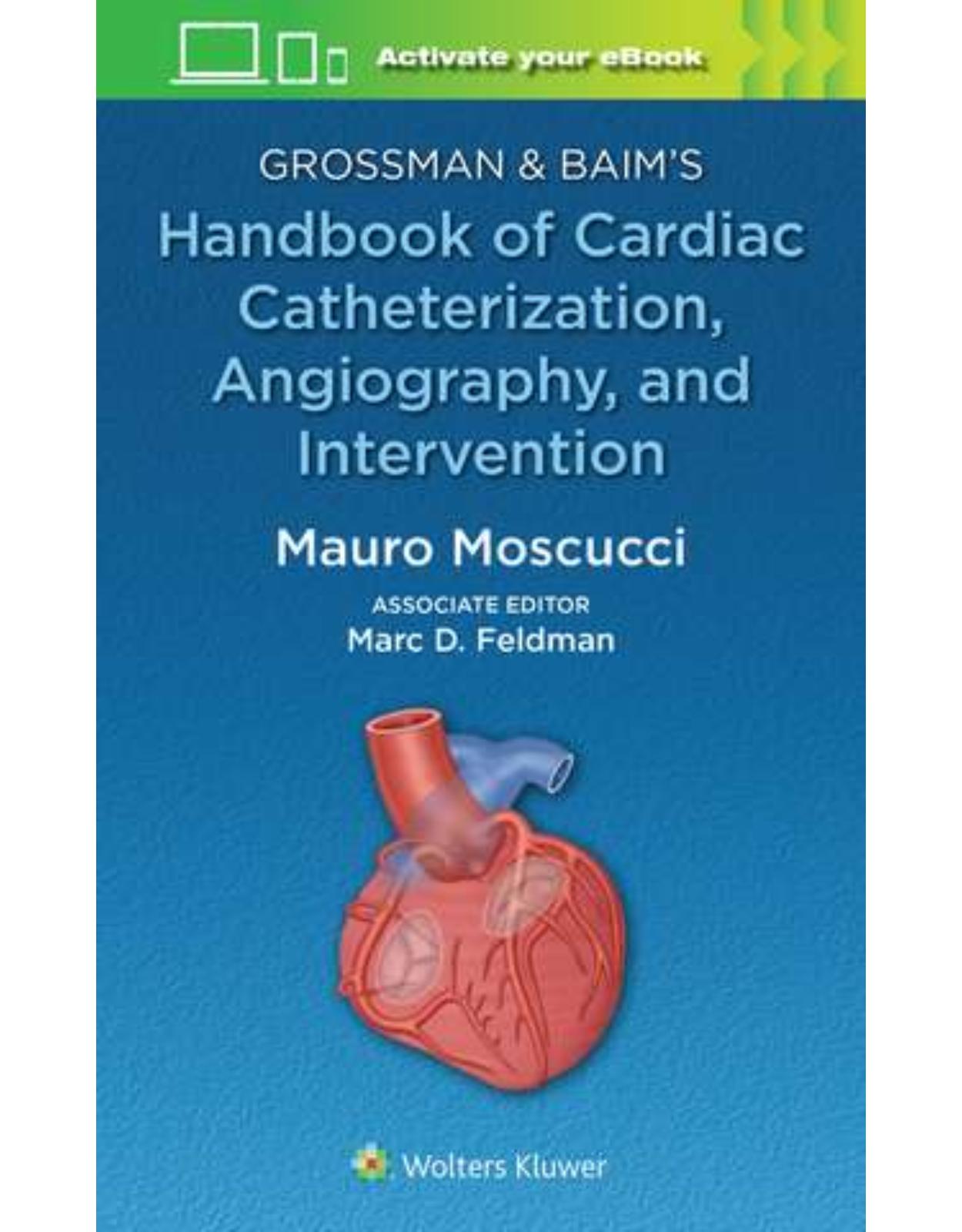
Grossman & Baim’s Handbook of Cardiac Catheterization, Angiography, and Intervention
Livrare gratis la comenzi peste 500 RON. Pentru celelalte comenzi livrarea este 20 RON.
Disponibilitate: La comanda in aproximativ 4 saptamani
Editura: LWW
Limba: Engleza
Nr. pagini: 800
Coperta: Paperback
Dimensiuni: 127 x 203 mm
An aparitie: 25 noi 2023
Description:
An easily accessible, ready reference for the entire cardiac team, Grossman & Baim’s Handbook of Cardiac Catheterization, Angiography, and Intervention is an essential resource in today’s cardiac catheterization lab. This practical handbook, edited by Dr. Mauro Moscucci with contributions from associate editor, Marc D. Feldman, follows the bestselling text, Grossman & Baim's Cardiac Catheterization, Angiography, and Intervention, providing fast, convenient access to authoritative information in a portable handbook format.
Table of Contents:
Section I: General Principles
1. Cardiac Catheterization History and Current Practice Standards
Indications for Cardiac Catheterization
Research
Contraindications
Factors Influencing the Choice of Approach
Design of the Catheterization Protocol
The Checklist
Preparation and Premedication of the Patient
Universal Protocol and Time-Out
The Cardiac Catheterization Facility
Location Within a Hospital vs Freestanding
Outpatient Cardiac Catheterization
Training Standards
Physician and Laboratory Caseload
The Catheterization Laboratory Director and Quality Assurance
Performing the Procedure
2. Cineangiographic Imaging, Radiation Safety, and Contrast Agents
Basic X-Ray Physics
Clinical Measurement of Patient Irradiation
Image Formation
Image Contrast
Image Noise
Image Sharpness
Scattered Radiation
Optimizing Patient Exposure and Image Quality
The Cinefluorographic System
Radiation Production and Control
X-Ray Tubes
Spatial and Spectral Shaping of the X-Ray Beam
Imaging Modes
Automatic Dose Rate Control
Clinical Programs and Programming
Image Detection, Processing, and Recording
Image Intensifier
Flat-Panel X-Ray Detectors
Image Processing and Display
Digital Imaging and Communication in Medicine and Picture Archiving and Communication System
The Angiographic Room
Imaging Equipment Quality Assurance
Biological Effects of Radiation
Stochastic Effects
Radiogenic Cancer
Tissue Reactions
Patient Radiation Management
Clinical Dose Monitoring
Staged and Multiple Procedures
Patient Education, Consent, and Follow-Up
Staff Radiation Safety
Staff Tissue Reaction
Staff Cancer Risk
Basic Principles of Reducing Staff Radiation Exposure
Staff Radiation Monitoring
Intravascular Contrast Agents
Iodinated Contrast Agents
Gadolinium
Carbon Dioxide
3. Integrated Imaging Modalities in the Cardiac Catheterization Lab
Limitations of Traditional Imaging Systems
Evolution of Imaging Needs in the Cardiac Catheterization Suite
Value Assessment
New Imaging Modalities
Echocardiography
Rotational Angiography
Intracardiac Echocardiography
Computed Tomography Angiography
Magnetic Resonance Imaging and Angiography
Image and Modality Coregistration
Modality Selection
Visualization: 2-Dimensional to 3-Dimensional
3-Dimensional Fluoroscopy and Coregistration of Computed Tomography Imaging
Real-Time Echocardiographic 3-Dimensional
New Frontiers
4. Complications
Introduction
Death
Death as a Complication of Diagnostic Catheterization
Left Main Disease
Left Ventricular Dysfunction
Valvular Heart Disease
Prior Coronary Artery Bypass Graft Surgery
Pediatric Patients
Death in the Course of an Interventional Procedure
Myocardial Infarction
Interventional Procedures
Cerebrovascular Complications
Local Vascular Complications
Femoral Artery Thrombosis
Femoral Vein Thrombosis
Hemorrhagic Complications
Retroperitoneal Bleeding
Femoral Neuropathy
Pseudoaneurysm and Arteriovenous Fistula
Arrhythmias or Conduction Disturbance
Ventricular Fibrillation
Atrial Arrhythmias
Bradyarrhythmias
Perforation of the Heart or Great Vessels
Infections and Pyrogen Reactions
Allergic and Anaphylactoid Reactions
Contrast-Induced Nephropathy/Acute Kidney Injury
Other Complications
Hypotension
Volume Overload
Anxiety/Pain
Respiratory Insufficiency
Retained Equipment
Conclusion
5. Adjunctive Pharmacology for Cardiac Catheterization
Antiplatelet Agents
Aspirin
Adenosine Diphosphate Receptor Antagonists
Intravenous Glycoprotein IIb/IIIa Inhibitors
Adverse Reactions
Antithrombotic Agents
Unfractionated Heparin
Low-Molecular-Weight Heparin
Factor Xa Inhibitors
Direct Thrombin Inhibitors
Evidence for Direct Thrombin Inhibitor Use in Percutaneous Coronary Intervention
6. Informed Consent and Legal Considerations
Introduction
The Origins of the Duty to Obtain Informed Consent
Documenting Informed Consent and the Role of the Consent Form
The Opportunity to Manage Risk With Informed Consent
Informed Consent and Off-Label Medical Device Use
Disclosure of Adverse Outcomes
Practical Points
Section II: Basic Techniques
7. Radial Artery Approach
Anatomical Considerations
Technical Aspects
Patient Preparation
Patient Positioning—Right Versus Left Radial Access
Sheath Selection
Radial Puncture Technique
Distal Transradial Approach
Learning Curve
Navigating the Upper Extremity Arterial System
Failure
Catheter Selection
Diagnostic Angiography
Percutaneous Coronary Intervention
TRA for Peripheral Vascular Interventions
Radial Hemostasis-Prevention of Radial Artery Occlusion
Complications
Radial Artery Spasm
Hematoma and Bleeding
Radial Artery Perforation and Dissection
Radial Artery Pseudoaneurysm
Transradial Access and Radiation Exposure
Brachial Venous Access for Right-Sided Heart Catheterization
Transradial Access and Outcomes
Conclusion
8. Percutaneous Transfemoral, Transseptal, Transcaval, and Apical Approach
Catheterization via the Femoral Artery and Vein
Patient Preparation
Selection of Puncture Site
Local Anesthesia
Femoral Vein Puncture
Catheterizing the Right-Sided Heart From the Femoral Vein
Femoral Artery Puncture
Catheterizing the Left-Sided Heart From the Femoral Artery
A Word About Heparin
Catheter Selection
Crossing the Aortic Valve
Bioprosthetic and Mechanical Valves
Control of the Puncture Site Following Sheath Removal
Vascular Closure Devices
Contraindications to Femoral Approach to Left-Sided Heart Catheterization
Alternative Sites for Left-Sided Heart Catheterization
Percutaneous Entry of the Axillary, Brachial, Radial Arteries, and Lumbar Aorta
Percutaneous Transcaval Access
Transseptal Puncture
Apical Left Ventricular Puncture
9. Cutdown Approach: Brachial, Femoral, Axillary, Aortic, and Transapical
Indications
Preprocedural Evaluation
Incision, Isolation of Vessels, and Catheter Insertion
Catheter Selection
Right-Sided Heart Catheters
Left-Sided Heart Catheters
Advancing the Right-Sided Heart Catheter
Advancing the Left-Sided Heart Catheter
Internal Mammary Arteries
Special Techniques
Coronary Bypass Grafts
Anomalous Coronary Takeoff
Repair of Vessels and Aftercare
Troubleshooting
Loss of Radial Pulse
Hand Numbness
Femoral, Axillary, Aortic, and Transapical Access
Open Femoral Arterial Access
Axillary/Subclavian Artery Access
Direct Transthoracic Aortic Access
Left Ventricular Apical Access
10. Diagnostic Catheterization in Childhood and Adult Congenital Heart Disease
General Principles in the Catheterization of Patients With Congenital Heart Disease
Vascular Access/Vessel and Chamber Entry
Intracardiac Catheter Manipulation
Pressure Measurements and Oximetry
Angiography
Special Circumstances
Pregnancy
Down Syndrome
Pulmonary Ventricular Failure and Pulmonary Vascular Disease
Right Ventricular Outflow Failure
Cyanosis
Systemic Ventricular “Heart Failure”
Conclusion
Section III: Hemodynamic Principles
11. Pressure and Blood Flow Measurement
Pressure Measuring Devices
Sensitivity
Frequency Response
Natural Frequency and Damping
Linearity
Transforming Pressure Waves Into Electrical Signals: The Electrical Strain Gauge
Practical Pressure Transducer System for the Catheterization Laboratory
Physiologic Characteristics of Pressure Waveforms
Reflected Waves
Wedge Pressures
Normal Contours of Pressure Waveforms
Atrial Pressure
Pulmonary Wedge Pressure
Ventricular Pressure
Aortic Pressure
Sources of Error and Artifact
Deterioration in Frequency Response
Catheter Whip Artifact
End Pressure Artifact
Catheter Impact Artifact
Systolic Pressure Amplification in the Periphery
Errors in Zero Level, Balancing, or Calibration
Micromanometers
Pressure Tracings in Valvular and Nonvalvular Heart Disease
Blood Flow Measurement
Extraction Reserve and Cardiac Output
Lower Limit of Cardiac Output
Upper Limit of Cardiac Output
Factors Influencing Cardiac Output in Normal Subjects
Techniques for Determination of Cardiac Output
Fick Oxygen Method
Oxygen Consumption
Arteriovenous Oxygen Difference
Sources of Error
Indicator Dilution Methods
Thermodilution Method
Sources of Error
Continuous Cardiac Output Monitoring
Clinical Measurement of Vascular Resistance
Poiseuille Law
Vascular Resistance and Pressure-flow Relationships
Estimation of Vascular Resistance in the Clinical Situation
Systemic Vascular Resistance
Total Pulmonary Resistance
Pulmonary Vascular Resistance
Pulmonary Vascular Disease in Patients With Congenital Central Shunts
Pulmonary Vascular Disease in Patients With Mitral Stenosis
12. Shunt Detection and Quantification
Detection of Left-to-Right Intracardiac Shunts
Measurement of Blood Oxygen Saturation and Content in the Right Side of the Heart (Oximetry Run)
Oximetry Run
Calculation of Pulmonary Blood Flow (Qp)
Calculation of Systemic Blood Flow (Qs)
Calculation of Left-To-Right Shunt
Examples of Left-to-Right Shunt Detection and Quantification
Flow Ratio
Calculation of Bidirectional Shunts
Limitations of the Oximetry Method
Other Indicators
Angiography
Detection of Right-to-Left Intracardiac Shunts
Angiography
Oximetry
Echocardiography
13. Calculation of Stenotic Valve Orifice Area
The Gorlin Formula
Mitral Valve Area
Example of Valve Area Calculation in Mitral Stenosis
Pitfalls
Aortic Valve Area
Example
Pitfalls
Area of Tricuspid and Pulmonic Valves
Alternatives to the Gorlin Formula
Assessment of Aortic Stenosis in Patients With Low Cardiac Output
Valve Resistance
Acknowledgment
14. Pitfalls in the Evaluation of Hemodynamic Data
Basic Concepts
Transvalvular Gradient
Effects of Catheter Location
Other Considerations
Section IV: Angiographic Techniques
15. Coronary Angiography, Coronary Artery Anomalies, and Cardiac Ventriculography
Current Indications
General Issues
The Femoral Approach
Insertion and Flushing of the Coronary Catheter
Damping and Ventricularization of the Pressure Waveform
Cannulation of the Left Coronary Ostium
Cannulation of the Right Coronary Ostium
Cannulation of Saphenous Vein and Arterial Grafts
Internal Mammary Artery Cannulation
Gastroepiploic Graft Cannulation
The Brachial or Radial Approach
Adverse Effects of Coronary Angiography
Injection Technique
Anatomy, Angiographic Views, and Quantitation of Stenosis
Coronary Anatomy
Angiographic Views
Lesion Quantification
Coronary Collaterals
Biplane and Rotational Coronary Angiography
Nonatherosclerotic Coronary Artery Disease
Coronary Vasospasm
Mistakes in Interpretation
Total Occlusion
Complex Stenosis Classification and Risk Stratification
Coronary Artery Anomalies
Anomalous Origin of a Coronary Artery From an Opposite Sinus of Valsalva, With an Intramural Course
Other Coronary Anomalies Frequently Encountered in the Adult Cath Lab: Coronary Fistulae and Myocardial Bridges
Cardiac Ventriculography
Injection Catheters
Pigtail Catheter
Straight-Tip Left Ventriculographic Catheters
Balloon-Tip Ventriculographic Catheters
Injection Site
Injection Rate and Volume
Filming Projection and Technique
Right Ventriculography
Analysis of the Ventriculogram
Complications and Hazards
Arrhythmias
Intramyocardial Injection (Endocardial Staining)
Fascicular Block
Embolism
Complications of Contrast Media
16. Angiography of the Aorta, Peripheral, and Pulmonary Arteries
Radiographic Imaging
Vascular Access
Radiologic Equipment
Catheters and Guidewires
Thoracic Aorta
Disorders of the Thoracic Aorta
Abdominal Aorta
Abdominal Aortography
Selective Mesenteric Angiography
Subclavian and Vertebral Arteries
Manifestations of Subclavian Disease
Subclavian and Vertebral Arteriography
Carotid Arteries
Renal Arteries
Atherosclerotic Renal Artery Stenosis
Renal Arteriography
Pelvic and Lower Extremities
Lower Extremity Peripheral Artery Disease
Pulmonary Angiography
Hemodynamic Monitoring
Percutaneous Venous Catheterization
Pulmonary Artery Catheterization
Catheter Exchange
Contrast Agent Injection Rates
Imaging Modes
Complications and Contraindications
Pulmonary Embolism
Noninvasive Imaging Tests
Interpretation and Validity of Pulmonary Angiograms
Hemodynamic Characteristics
Endovascular Therapy for Acute Pulmonary Embolism
Section V: Evaluation of Cardiac Function
17. Stress Testing During Cardiac Catheterization: Exercise and Dobutamine Challenge
Dynamic Exercise
Oxygen Uptake and Cardiac Output
Exercise Index
Systemic and Pulmonary Arterial Pressure and Heart Rate
Upright vs Supine Exercise
Left Ventricular Diastolic Function
Examples of the Use of Exercise to Evaluate Left Ventricular Failure in the Cardiac Catheterization Laboratory
Evaluation of Valvular Heart Disease
Performing a Dynamic Exercise Test
Dobutamine Stress Testing
18. Measurement of Ventricular Volumes, Ejection Fraction, Mass, Wall Stress, and Regional Wall Motion
Volumes
Technical Considerations
Biplane Formula
Single-Plane Formula
Magnification Correction: Single Plane
Magnification Correction: Biplane
Regression Equations
Ejection Fraction and Regurgitant Fraction
Other Techniques for Measuring Ventricular Volume and Ejection Fraction
Left Ventricular Mass
Wall Stress
Pressure-Volume Curves
Regional Left Ventricular Wall Motion
19. Evaluation of Systolic and Diastolic Function of the Ventricles and Myocardium
Systolic Function
Preload, Afterload, and Contractility
Isovolumic Indices
Pressure-Volume Analysis
Myocardial Deformation Analysis—Left Ventricular Strain
Diastolic Function
Left Ventricular Diastolic Distensibility: Pressure-Volume Relationship
Clinical Conditions Influencing Diastolic Distensibility
Indices of Left Ventricular Diastolic Relaxation Rate
20. Evaluation of Tamponade, Constrictive, and Restrictive Physiology
Normal Hemodynamics During the Respiratory Cycle and the Role of the Pericardium
Tamponade Physiology
Constrictive-Effusive Physiology
Low-Pressure Tamponade
Regional Cardiac Tamponade
Constrictive Physiology
Restrictive Physiology
Section VI: Special Catheter Techniques
21. Evaluation of Myocardial and Coronary Blood Flow and Metabolism
Control of Myocardial Blood Flow: The Myocardial Oxygen Supply and Demand Relationship
Determinants of Myocardial Oxygen Supply
Measurement of Myocardial Metabolism
Regulation of Coronary Blood Flow and Resistance
Measurements of Intracoronary Pressure and Flow Velocity Using Sensor-Tipped Guidewires
Technique of Angioplasty Sensor Guidewire Use
Coronary Hyperemia for Stenosis Assessment
Translesional Pressure-Derived Fractional Flow Reserve
Coronary Pulse Wave Analysis
Nonhyperemic Pressure Ratios
Instantaneous Wave-Free Ratio
Clinical Applications of Coronary Blood Flow and Pressure Measurements
Validation and Threshold of Ischemia
Clinical Studies of Fractional Flow Reserve for Lesion Assessment
Physiologic Lesion Assessment for Coronary Interventions
Left Main Stenosis
Fractional Flow Reserve and Ostial Branch Assessment
Fractional Flow Reserve and Saphenous Vein Graft Assessment
Assessment of Diffuse Atherosclerosis
Serial Epicardial Lesions
Clinical Studies of Instantaneous Wave-Free Ratio
Instantaneous Wave-Free Ratio and Fractional Flow Reserve in Stable Ischemic Heart Disease
Instantaneous Wave-Free Ratio in Clinical Multivessel Disease
Instantaneous Wave-Free Ratio in Serial Lesions
Other Nonhyperemic Pressure Ratios
Post–Percutaneous Coronary Intervention Coronary Hemodynamic Measurements
Acute Coronary Syndromes
Evolving Technologies for Imaging Assessment of Coronary Stenosis Hemodynamics
Coronary Physiologic Tools Less Commonly Utilized in Routine Clinical Practice
Angiographic Blood Flow Estimation—Thrombolysis in Myocardial Infarction Flow and Thrombolysis in Myocardial Infarction Frame Count
22. Intravascular Imaging Techniques
Intravascular Ultrasound
Imaging Systems
Image Acquisition Procedures
Image Interpretation
Quantitative Assessment
Qualitative Assessment
Interventional Applications
Optical Coherence Tomography
Imaging Systems
Image Acquisition Procedures
Image Interpretation
Quantitative Assessment
Qualitative Assessment
Interventional Applications
Spectroscopy and Other Optical Imaging
Imaging Systems and Procedures
Image Interpretation
Diagnostic Applications
Interventional Applications
23. Endomyocardial Biopsy
Modern Bioptomes
Vascular Access for Endomyocardial Biopsy
Internal Jugular Access
Right Subclavian Vein Access
Femoral Vein and Femoral Artery Access
Biopsy Methods
Right Internal Jugular Venous Approach—Preshaped Bioptome
Right Internal Jugular Vein Approach—Preformed Sheath
Left Internal Jugular Vein Approach—Flexible Sheath
Femoral Vein Approach—Preformed Sheath
Left Ventricular Biopsy—Femoral Artery Preformed Sheath
Left Ventricular Biopsy—Femoral Artery Guiding Catheter Approach
Left Ventricular Biopsy—Radial Artery Sheathless Approach
Biopsy Complications
Perforation
Malignant Ventricular Arrhythmias
Supraventricular Arrhythmias
Heart Block
Pneumothorax
Puncture of the Carotid Artery or Subclavian Artery
Pulmonary Embolization
Nerve Paresis
Venous Hematoma
Arterial Venous Fistula
Postprocedure Care
Tissue Processing
Biopsy in Myocardial Disease
Transplant Rejection
Adriamycin Cardiotoxicity
Dilated Cardiomyopathy
Myocarditis
Restrictive Versus Constrictive Disease
24. Percutaneous Mechanical Circulatory Support
Hemodynamic Principles of Cardiogenic Shock
Transvalvular Left-Ventricle-to-Aortic Pumps
Impella Hemodynamics
Insertion, Routine Care, and Weaning
Indications, Contraindications, and Complications
Clinical Results
Intra-Aortic Balloon Pump
Intra-Aortic Balloon Pump Hemodynamics
Insertion, Routine Care, and Weaning
Indications, Contraindications, and Complications
Clinical Results
Left-Atrial-to-Aortic Pumps
Extracorporeal Membrane Oxygenation/Extracorporeal Circulatory Life Support
Extracorporeal Membrane Oxygenation Hemodynamics
Insertion, Monitoring, and Weaning
Indications, Contraindications, and Complications
Clinical Results
Right Ventricular Support Devices
Impella RP
BiPella Support
Protek Duo
Summary
Section VII: Interventional Techniques
25. Percutaneous Balloon Angioplasty and General Percutaneous Coronary Intervention
General Principles of PCI
Equipment
Guiding Catheters
Guidewires
Dilatation Catheters
Procedure
Postprocedure Management
Mechanism of Percutaneous Transluminal Coronary Angioplasty
Complications
Periprocedural Myocardial Infarction
Coronary Artery Dissection
Abrupt Closure
Branch Vessel Occlusion
Coronary Perforation
Bleeding
Device Failures
The Healing Response to Coronary Angioplasty—Restenosis
Brachytherapy
Drug-Eluting Stents
Current Indications
Percutaneous Coronary Intervention to Improve Survival in Stable Disease
Percutaneous Coronary Intervention to Improve Symptoms in Stable Disease
Percutaneous Coronary Intervention in Acute Coronary Syndromes
Complete Revascularization in Stable Disease
26. Atherectomy, Thrombectomy, and Distal Protection Devices
Atherectomy
Rotational Atherectomy and Orbital Atherectomy
Cutting Balloon Angioplasty
Scoring Balloon Angioplasty
Ablative Laser Techniques
Laser Angioplasty
Mechanical Thrombectomy
Venturi/Bernoulli Suction
Suction Thrombectomy
Embolic Protection Devices
Distal Occlusion Systems
Distal Filters
Embolic Protection During Acute Myocardial Infarction and Native Coronary Percutaneous Coronary Intervention
Embolic Protection Recommendations
27. Coronary Stenting
Development of the Coronary Stent
Stent Design: Impact on Performance and Clinical Outcomes
Drug-Eluting Stent Overview
Limitations of Bare-Metal Stents
Components of Drug-Eluting Stents
Generations of Drug-Eluting Stents
Second-Generation Drug-Eluting Stents
Everolimus-Eluting Stents (Xience V/Promus)
Concerns Regarding Safety of Drug-Eluting Stents and Pooled Comparisons of Drug-Eluting Stents and Bare-Metal Stents
Biodegradable Polymer Drug-Eluting Metal Stents
Biolimus A9-Eluting Stents (BioMatrix, Nobori Stent)
Everolimus-Eluting Platinum-Chromium (SYNERGY) Stent
Polymer-Free Drug-Eluting Stents
Bioabsorbable Drug-Eluting Stents
Other Bioresorbable Scaffolds
Technical Aspects of Coronary Stent Implantation
Complications of Coronary Stenting
Stent Thrombosis
Restenosis
Other Complications of Coronary Stent Implantation
Stent Usage in Specific Patients and Lesions
Acute ST-Segment Elevation Myocardial Infarction
Multivessel and Left Main Disease
Chronic Total Occlusions
Bifurcation Lesions
Saphenous Vein Grafts
28. General Overview of Interventions for Structural Heart Disease
Classification of Interventions for Structural Heart Disease
Closure of Congenital and Acquired Cardiac Defects
Percutaneous Valve Interventions
Myocardial Interventions
Interventions for the Creation of Intracardiac Shunts
Pericardial Interventions
Miscellanea Intervention
Training and Credentialing Criteria
Informed Consent and the Use of Approved Devices for Nonapproved Indications
Multidisciplinary Programs and the Cardiac Team
Clinical Registries
Academic Research Consortium
29. Patent Foramen Ovale, Atrial Septal Defect, and Ventricular Septal Defect Closure
Atrial-Level Communications: Anatomy of the Atrial Septum
Pathophysiology of Atrial-Level Shunts
Transcatheter Closure of an Atrial Septal Defect
Transcatheter Closure of Patent Foramen Ovale
Special Techniques
Results—Atrial Septal Defect/Patent Foramen Ovale Closure
Ventricular Septal Defects
Transcatheter Closure of Ventricular Septal Defects
Technique of Muscular Ventricular Septal Defect Closure
Results—Ventricular Septal Defect Closure
Post Myocardial Infarction
Ventricular Septal Rupture
30. Alcohol Septal Ablation
Patient Selection for Alcohol Septal Ablation
Procedure
Complications of ASA
31. Closure of Paravalvular Leaks
32. Left Atrial Appendage Closure
Watchman Device
Patient Selection
Amplatzer Amulet Device
Lariat Device
33. Percutaneous Therapies for Mitral and Tricuspid Valve Disease
Percutaneous Balloon Mitral Valvuloplasty
Patient Selection for Mitral Valvuloplasty
Contraindications
Anatomic Factors in Patient Selection for Mitral Valvuloplasty
Technique
Inoue Balloon Technique
Immediate Results
Long-Term Hemodynamic and Clinical Results
Complications
Percutaneous Mitral Valve Repair and Replacement
Percutaneous Annular Modification
Leaflet Repair or Plication
Anatomic Considerations
MitraClip Procedure
Transcatheter Mitral Valve Replacement
Percutaneous Approaches to Tricuspid Valve Disorders
Anatomy of the TV and Relevance for Transcatheter Procedures
Percutaneous Treatment of Functional Tricuspid Regurgitation
Annuloplasty Devices
Leaflet Approximation/Coaptation Devices
Pascal Transcatheter Valve Repair System
Valve Replacement Systems
Caval Implantation Systems
34. Percutaneous Therapies for Aortic and Pulmonary Valvular Heart Disease
Percutaneous Aortic Valve Therapies
Balloon Aortic Valvuloplasty
Noncalcific Aortic Stenosis
Calcific Aortic Stenosis
Mechanism of Improved Aortic Orifice Area
Technique
Clinical Results and Complications
Long-Term Results
Percutaneous Valve Replacement and Repair
Percutaneous Pulmonic Valve Replacement
Percutaneous Aortic Valve Replacement
Valve Construction
Patient Selection, Preparation, and Valve Delivery
35. Peripheral Intervention
Carotid Arteries
Treatment Considerations and Technique
Vessels of the Aortic Arch
Subclavian, Common Carotid, and Innominate Arteries
Treatment Considerations and Technique
Renal Arteries
Fibromuscular Dysplasia
Atherosclerotic Renal Artery Stenosis
Treatment Considerations and Technique
Lower Extremity
Clinical Presentation
Diagnosis
Aortoiliac Obstructive Disease
Stents for Aortoiliac Disease
Treatment Considerations and Technique
Common Femoral Artery
Profunda Femoral Artery
Superficial Femoral and Popliteal Arteries
Adjunct Therapies
Treatment Considerations and Technique
Infrapopliteal Arteries
Techniques
Venous Disease and Intervention
Techniques
Training and Credentialing
36. Interventions for Pediatric and Adult Congenital Heart Disease
Congenital Obstructive Lesions
Obstructive Lesions of the Right Ventricular Outflow Tract
Branch Pulmonary Artery Stenosis
Obstruction of the Left Ventricular Outflow Tract
Anatomy/Physiology
Transcatheter Therapy for Left-Sided Obstruction
Coarctation of the Aorta
Pediatric Balloon Angioplasty Technique
Results
Coarctation of the Aorta in the Adult
Stent Angioplasty Procedure
Results
Congenital Mitral Stenosis
Congenital Lesions Associated With Extracardiac Shunts
Systemic Arteriovenous Fistulas
Coronary Fistulas
Aortopulmonary (Bronchial) Collaterals
Old Surgical Shunts
Pulmonary Fistulas
Venovenous Collaterals
Techniques of Device Embolization
Results/Complications
Cardiac Catheterization in Adult Patients With Fontan Physiology
Hemodynamic Evaluation
37. Endovascular Aortic Repair
Indications for Repair
Endograft Design
Preoperative Evaluation
Notable Early Complications
Unique Late Complications
38. Pericardial Interventions: Pericardiocentesis, Balloon Pericardiotomy, and Epicardial Approach to Cardiac Procedures
Introduction
Pericardiocentesis
Fluoroscopy-Guided Pericardiocentesis
Echocardiography-Guided Pericardiocentesis
Complications of Pericardiocentesis
Percutaneous Balloon Pericardiotomy
Therapeutic Intrapericardial Intervention and Epicardial Access
Technical Aspects
Anterior and Posterior Approach
Fluoroscopic Navigation of the Epicardial Space
Complications of Epicardial Access
Conclusion
Index
| An aparitie | 25 noi 2023 |
| Autor | Mauro Moscucci MD, MBA Marc David Feldman |
| Dimensiuni | 127 x 203 mm |
| Editura | LWW |
| Format | Paperback |
| ISBN | 9781496399281 |
| Limba | Engleza |
| Nr pag | 800 |
| Versiune digitala | DA |

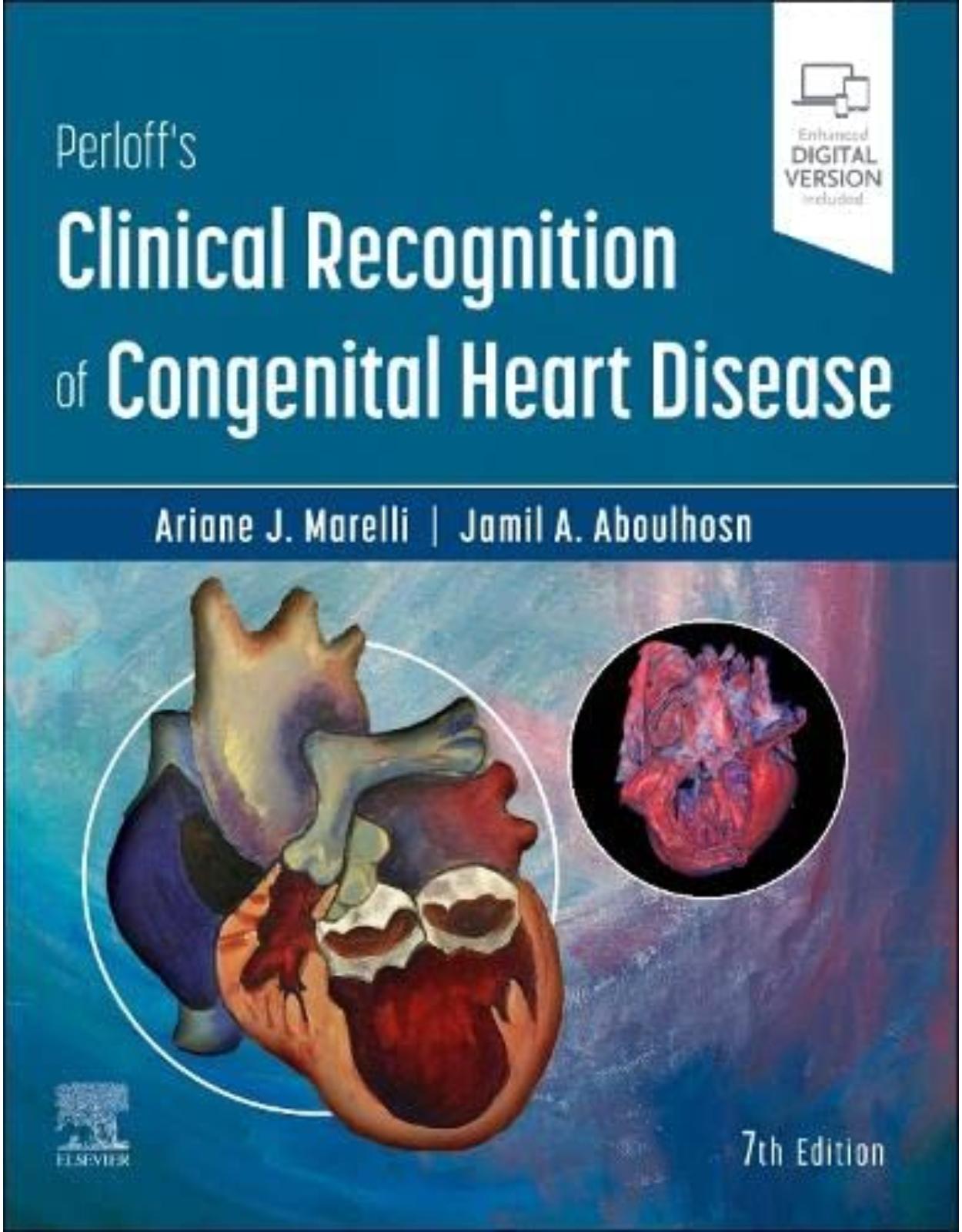
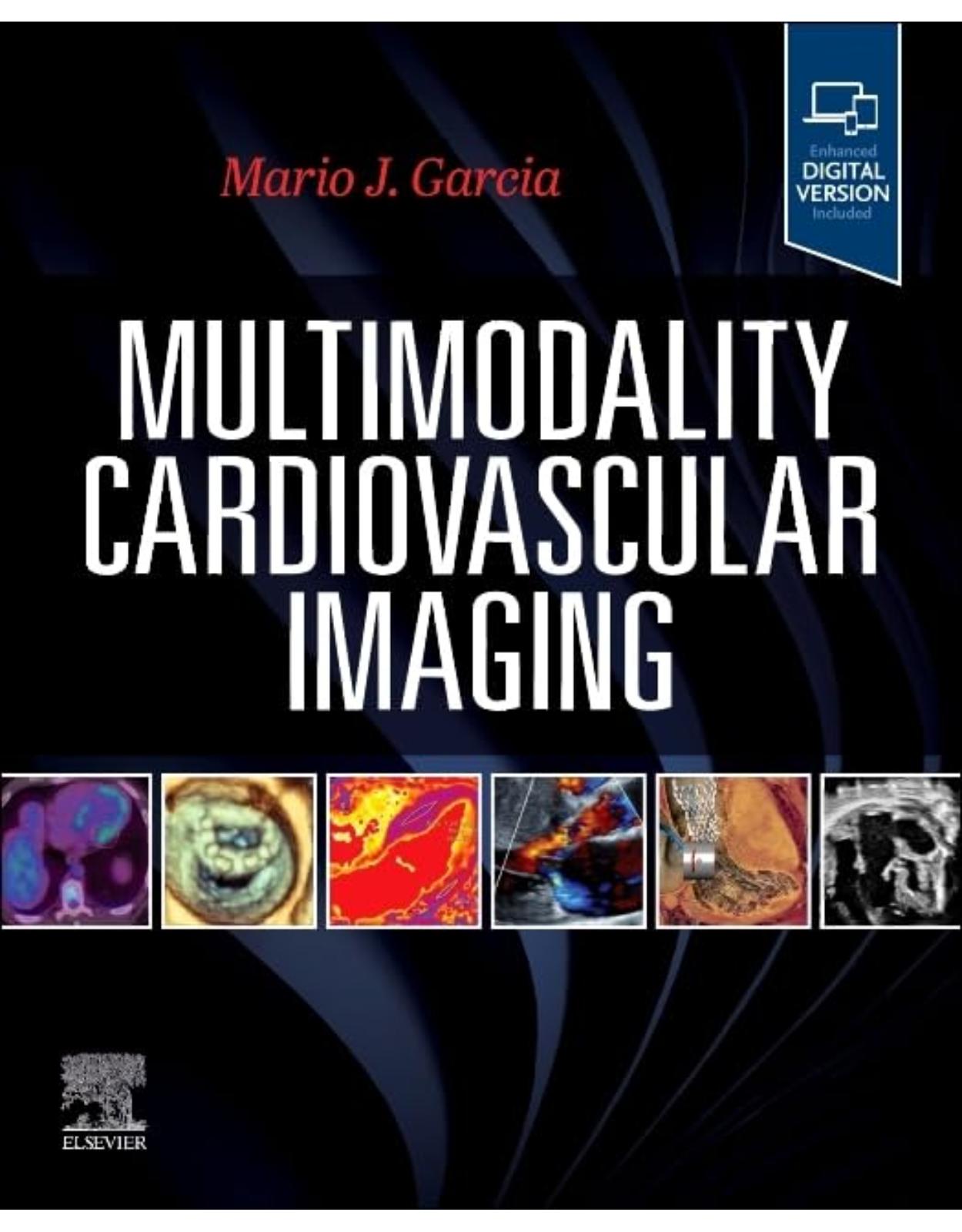
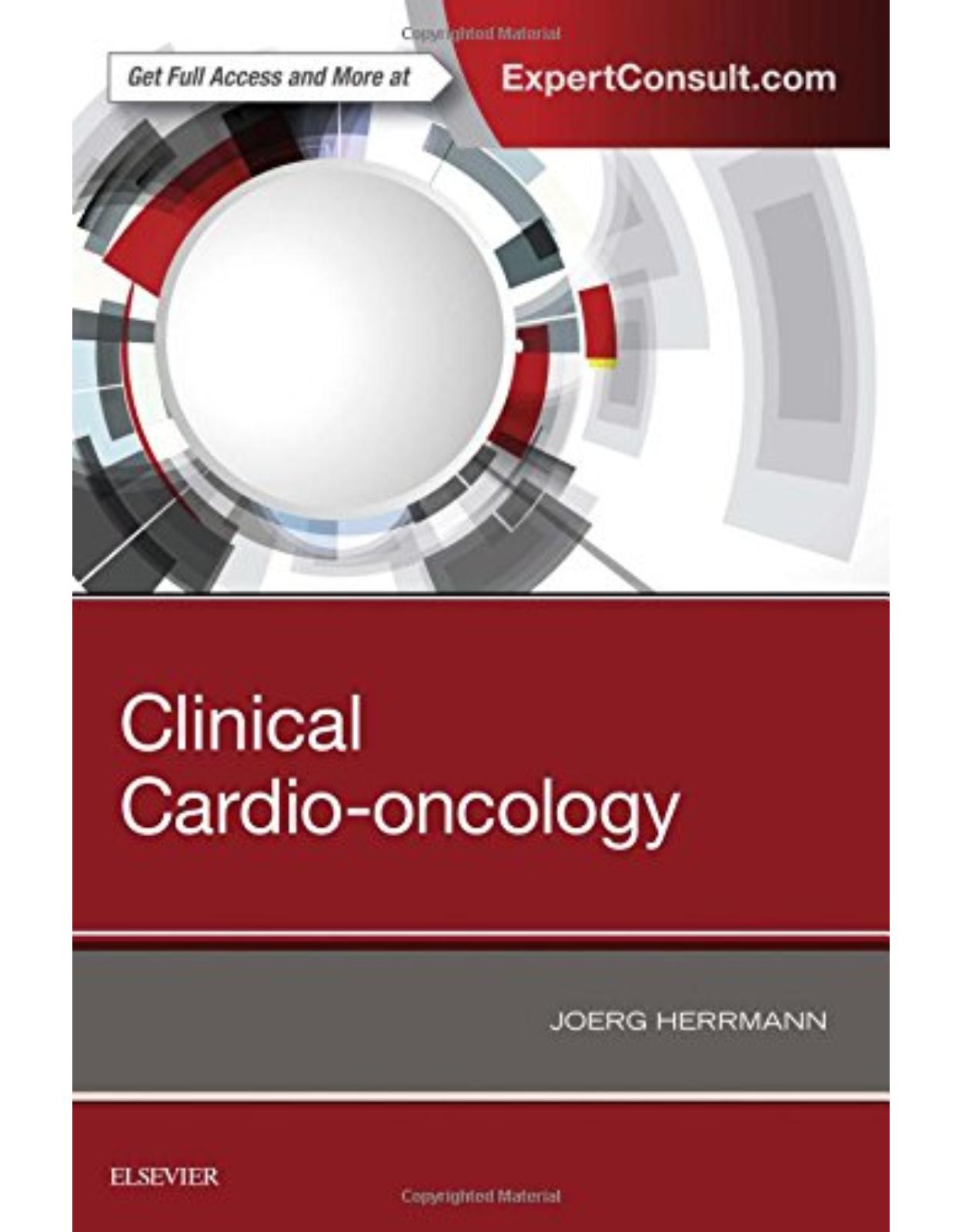
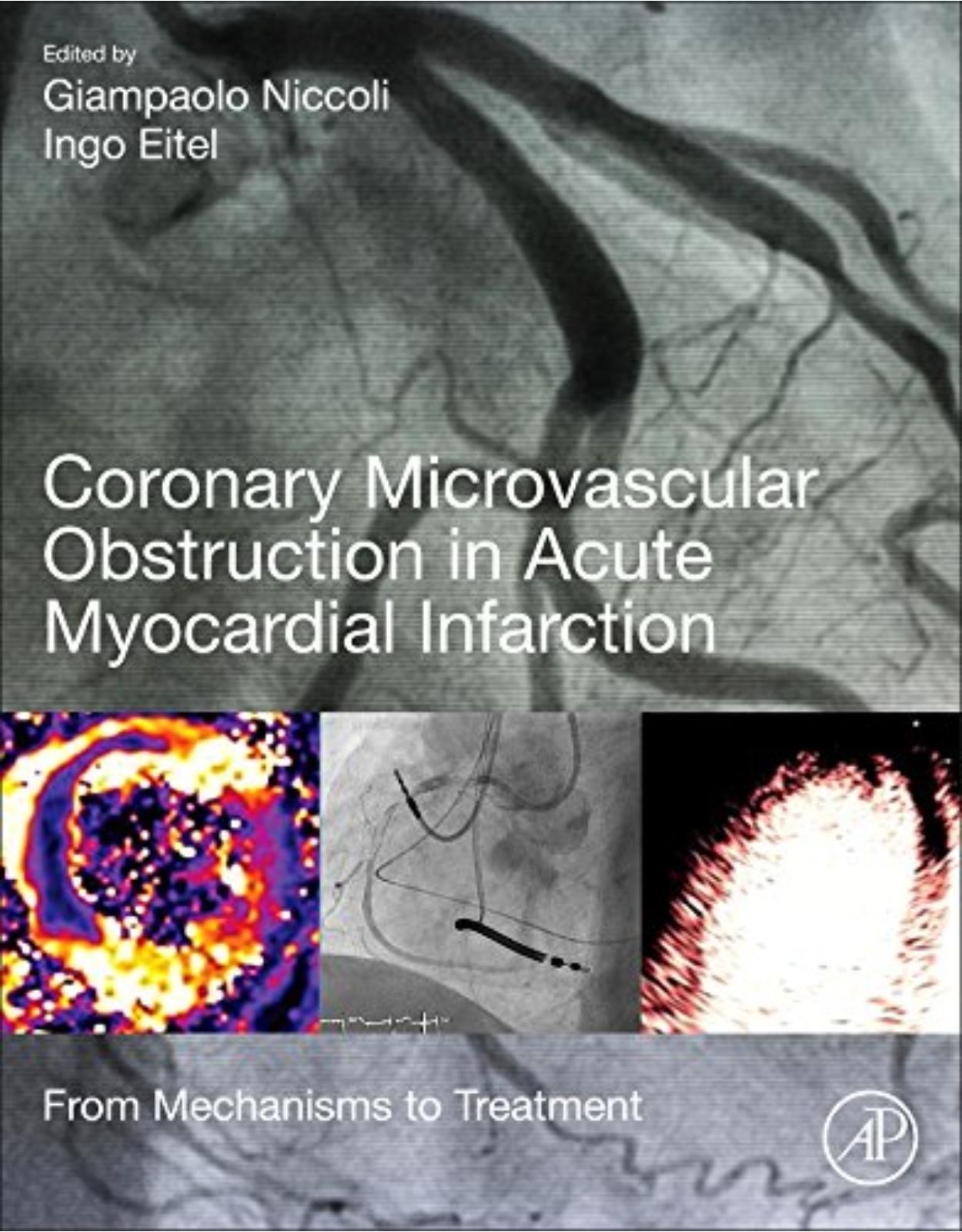
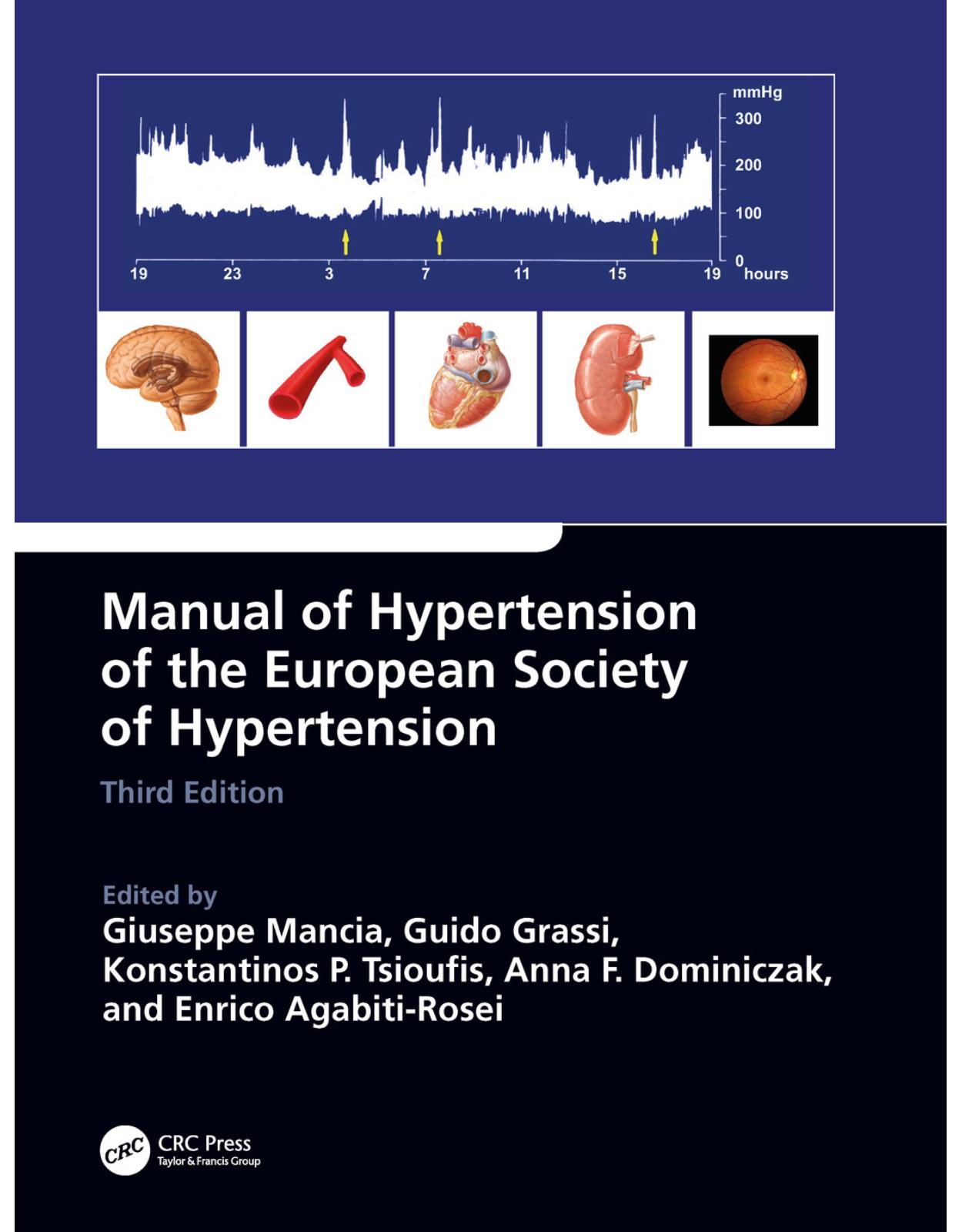
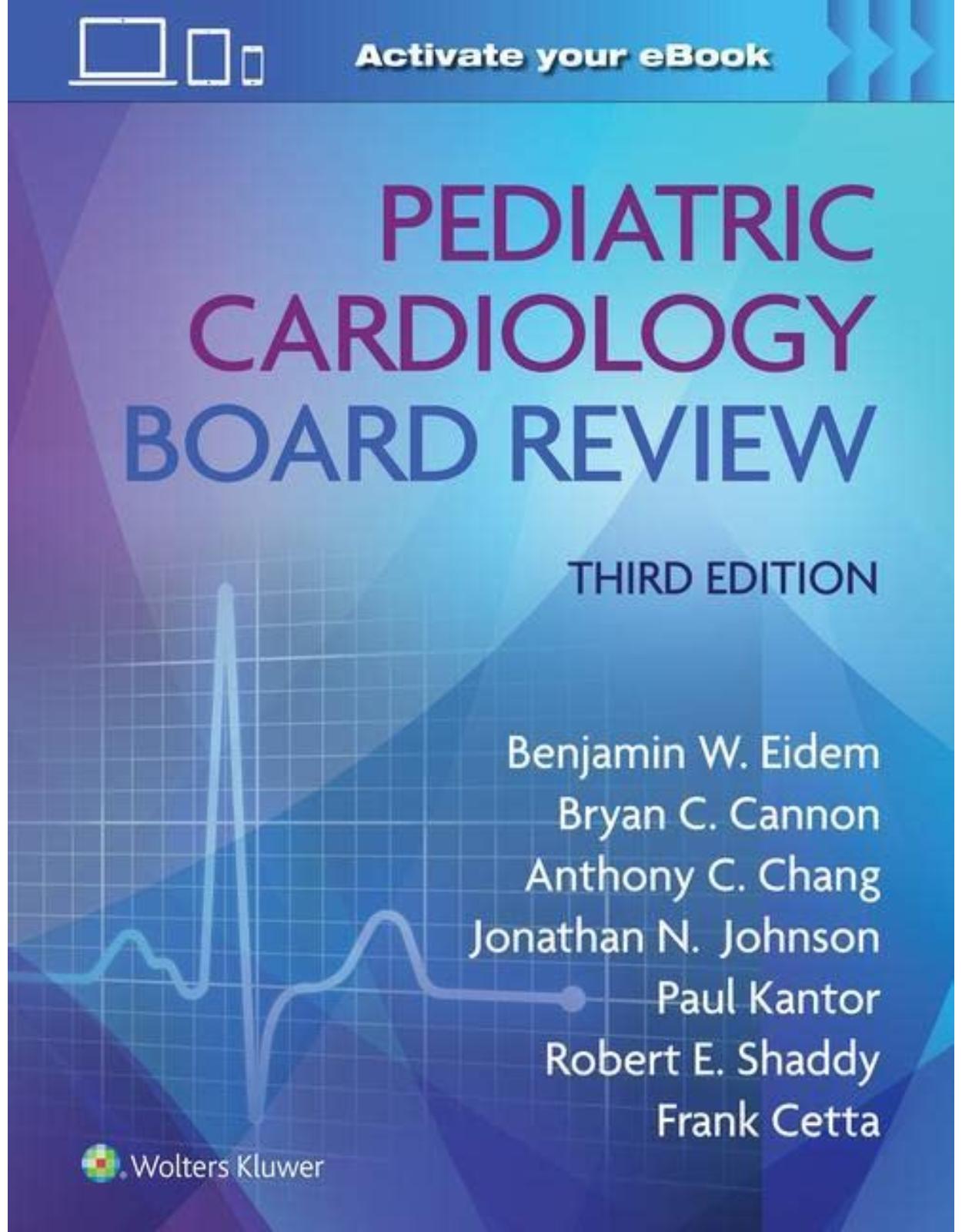
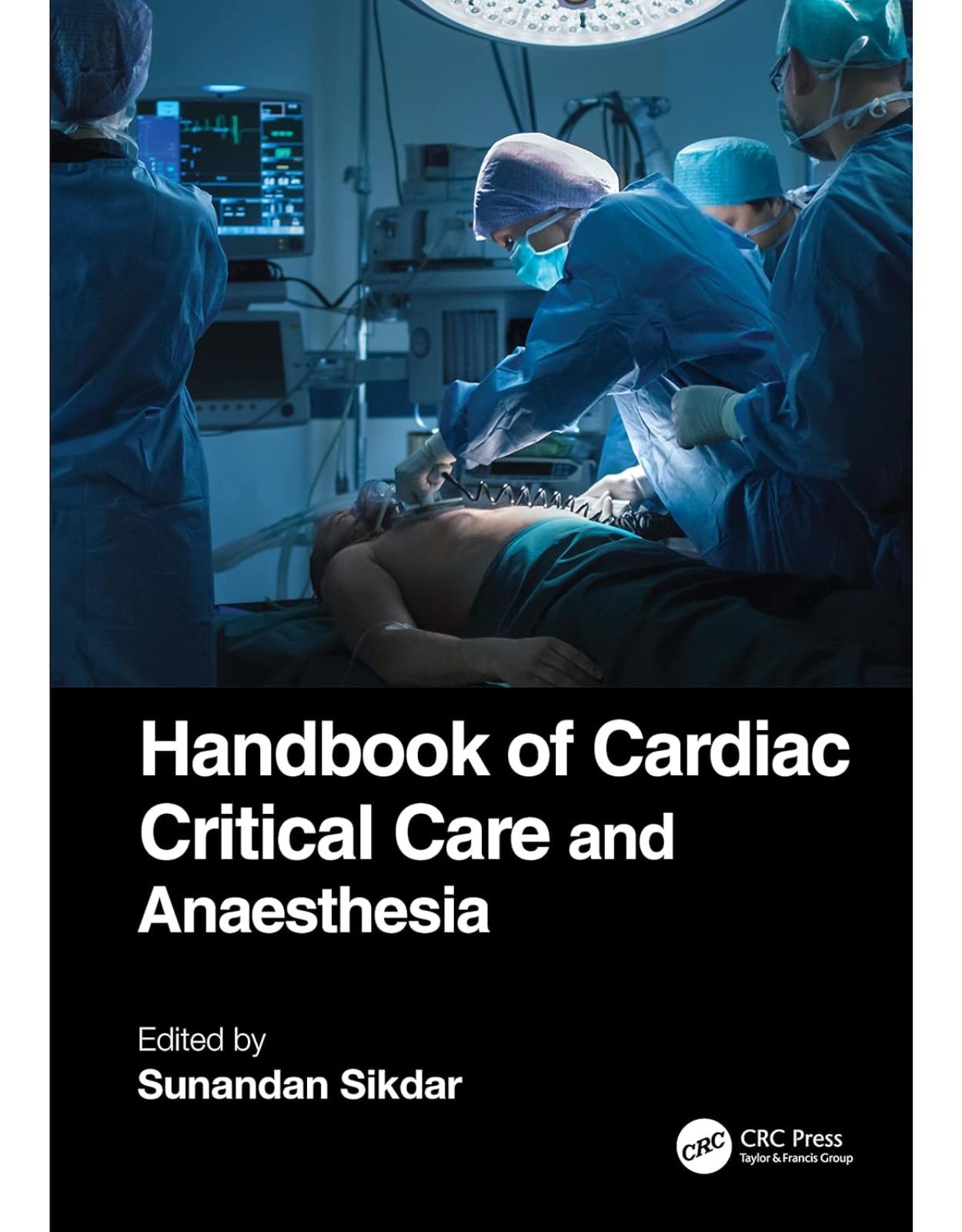
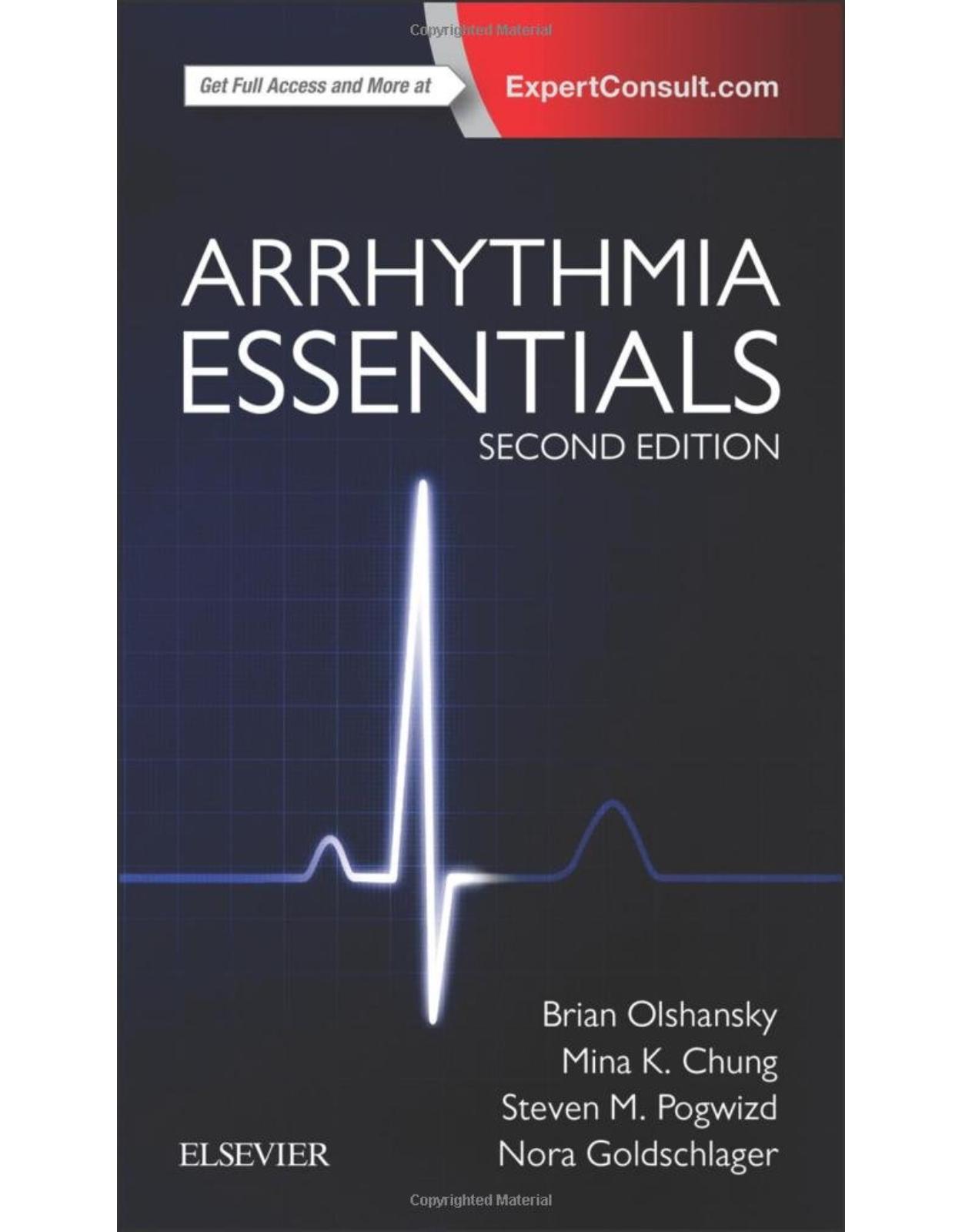
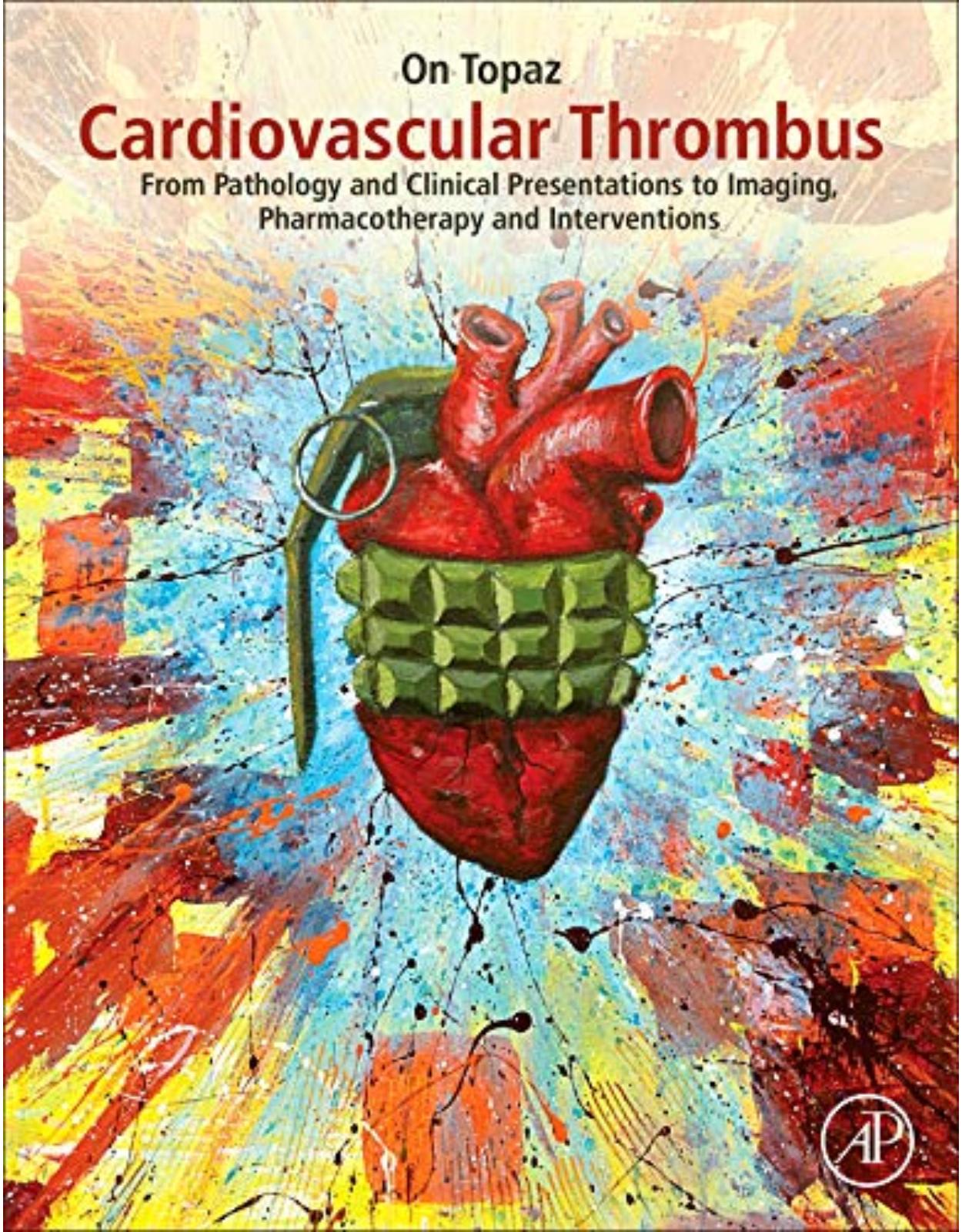
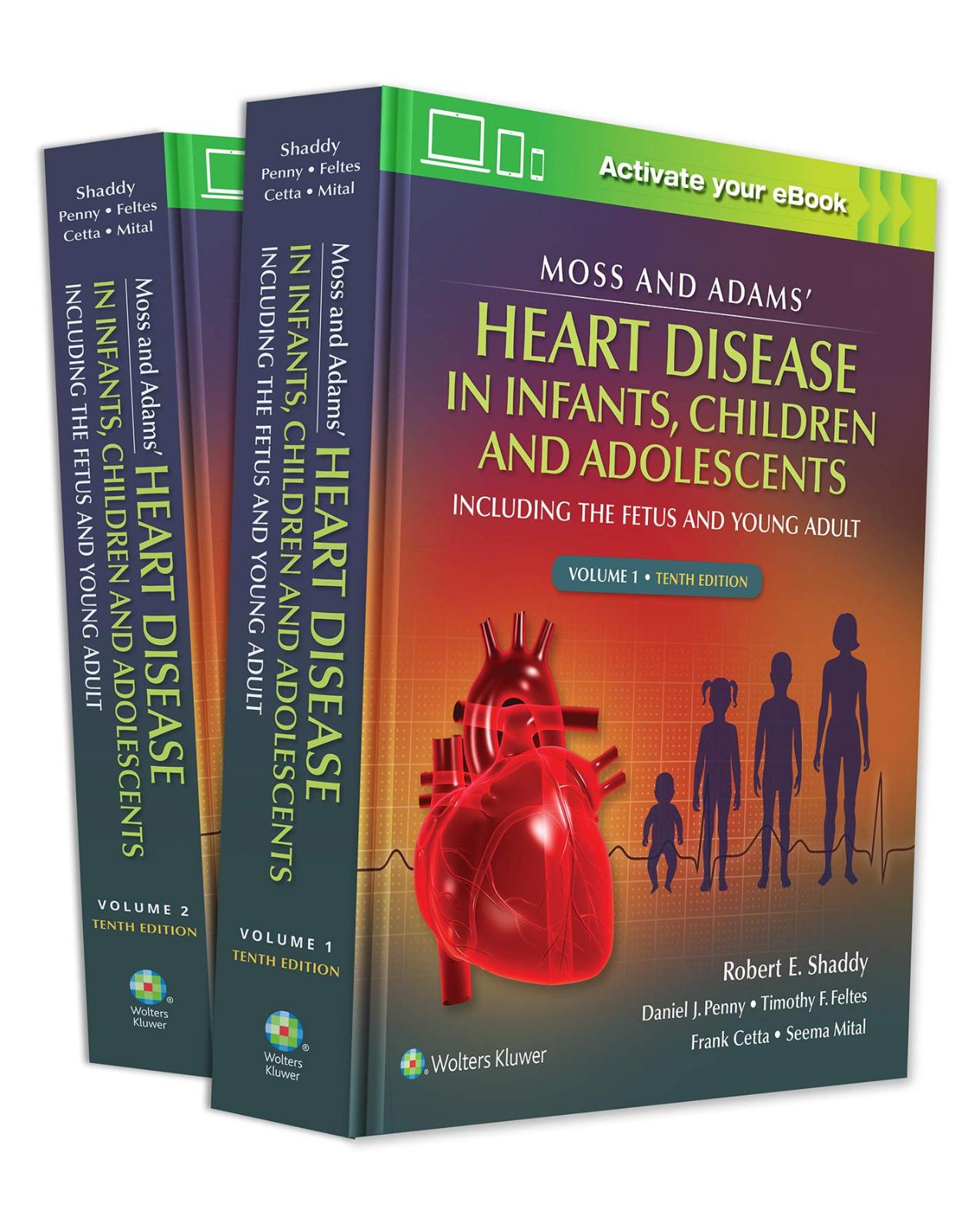
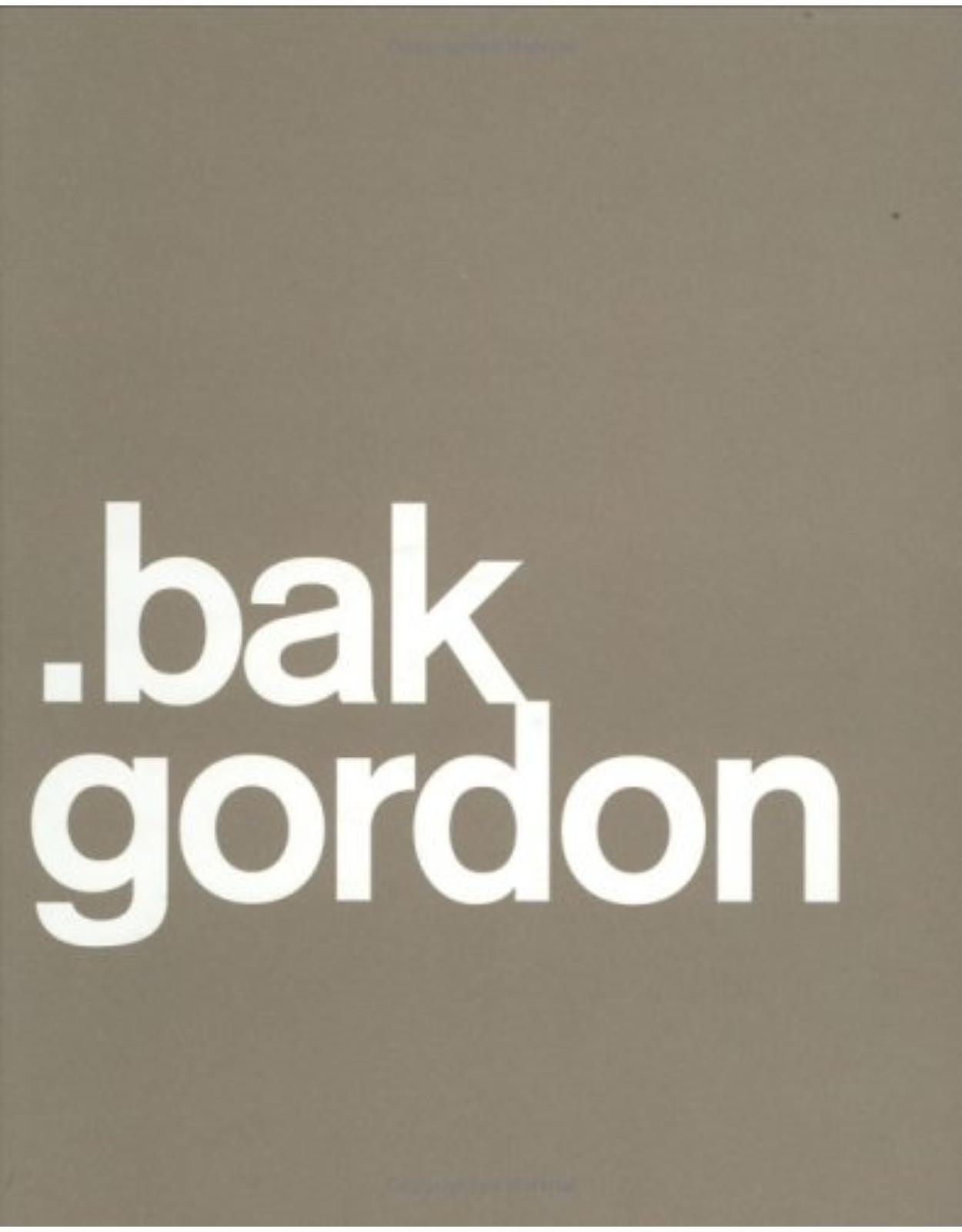


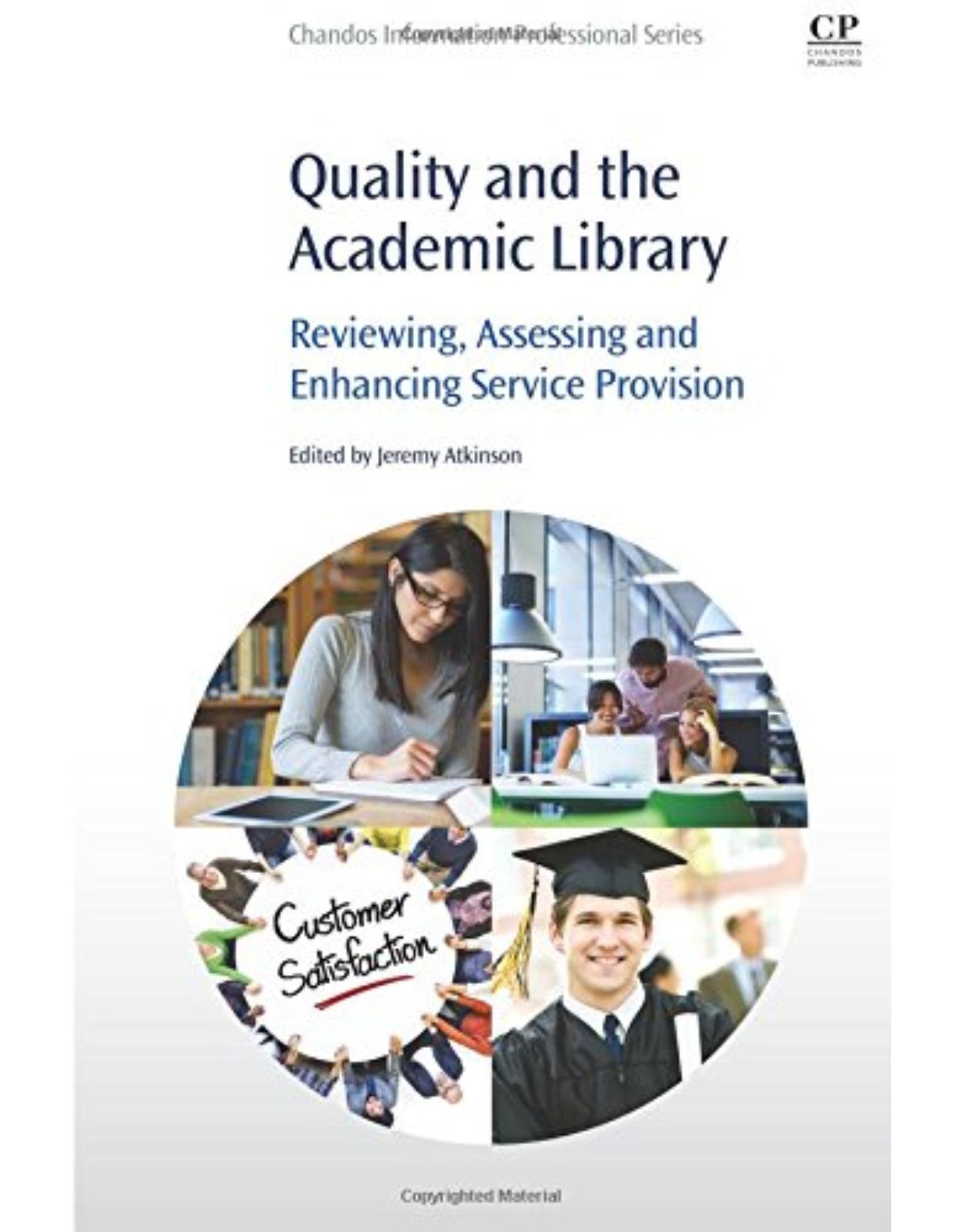

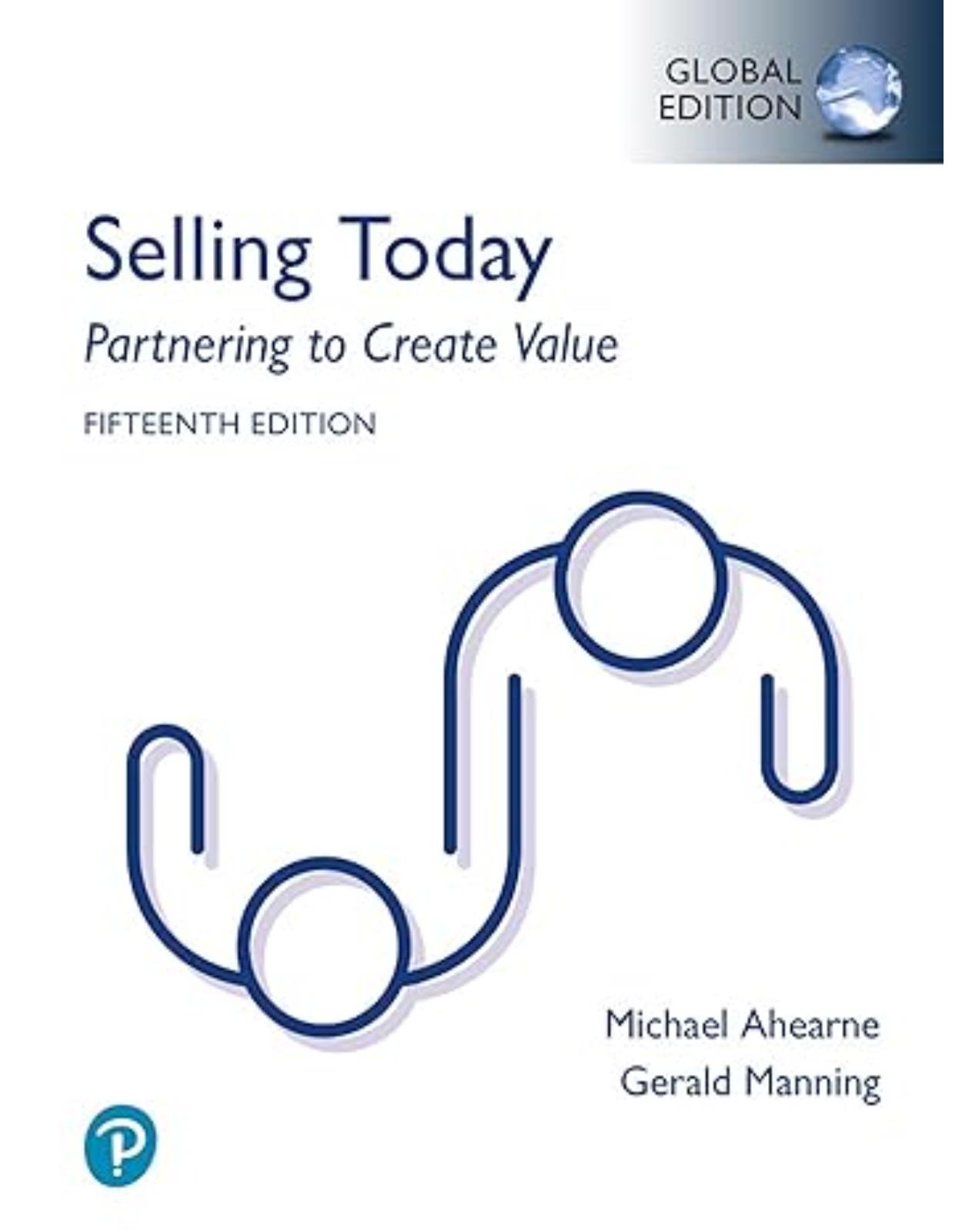
Clientii ebookshop.ro nu au adaugat inca opinii pentru acest produs. Fii primul care adauga o parere, folosind formularul de mai jos.